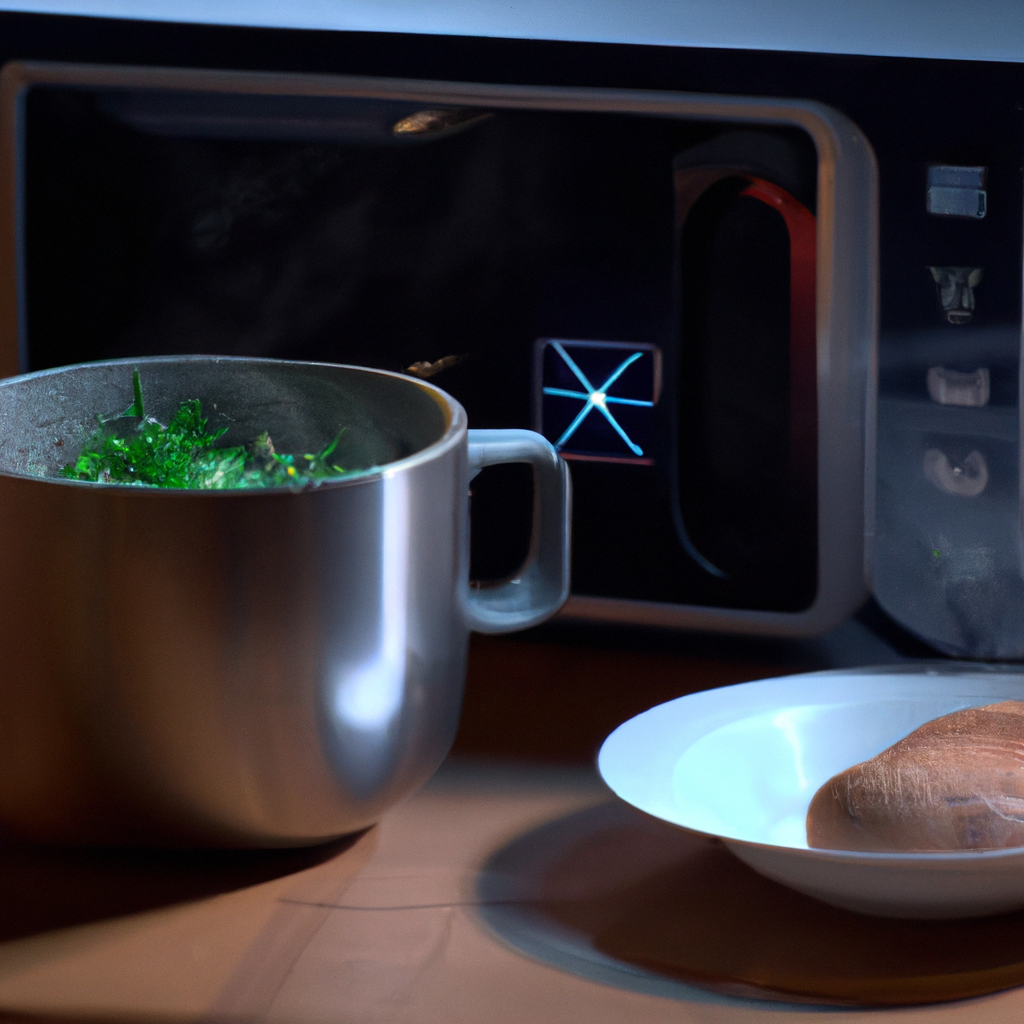Microwave ovens have become a staple in most kitchens today, revolutionizing the way we cook and consume food. However, have you ever wondered how a microwave oven heats up your food so quickly and efficiently? In this article, we will delve deeper into the science behind microwave heating, how microwaves work, and the safety precautions to take when using this appliance technology.
How does a microwave heat food?
Microwave heating is a process that involves the use of electromagnetic radiation to heat up food. Microwave ovens produce these electromagnetic waves, which are absorbed by the food molecules, causing them to vibrate rapidly. This vibration generates heat, which, in turn, cooks the food. The microwaves used in ovens are non-ionizing radiation, which means that they do not carry enough energy to ionize atoms or molecules in food, making them safe for human consumption in small doses.
How do microwaves work?
Microwaves work by using a combination of a high-voltage transformer, a magnetron, and a waveguide. The transformer converts the standard household voltage of 120 volts to a higher voltage of around 4,000 volts. This high voltage is then directed to the magnetron, which converts it into high-frequency electromagnetic waves. These waves are then directed into the oven cavity through the waveguide, which is responsible for distributing the waves evenly throughout the oven.
Once the microwaves enter the oven cavity, they bounce around, interacting with the food molecules, and generating heat. The microwaves are attracted to water molecules, sugars, and fats, which are commonly found in most types of food. This attraction causes the food molecules to vibrate, generating heat, which cooks the food.
Food science behind microwave cooking
Microwave cooking is different from traditional cooking methods, such as baking, grilling, or frying. Microwave cooking is faster and more efficient than traditional methods, but it requires a different approach to cooking. When cooking with a microwave, it is essential to consider the following factors:
– The size and shape of the food: Smaller and thinner cuts of food cook faster than larger or thicker cuts. It is advisable to cut food into small pieces or slices to ensure even cooking.
– The container used: Microwave-safe containers are essential when cooking in a microwave. Avoid using metal or plastic containers that are not labeled as microwave-safe, as they can cause fires or release harmful chemicals when heated.
– The amount of water in the food: Foods that have a high water content, such as vegetables and fruits, cook faster than those with a low water content, such as meats and bread. Adding a small amount of water to the food can help to speed up the cooking process.
– Stirring and rotating the food: Stirring and rotating the food during cooking can help to ensure even cooking. This is because microwaves tend to concentrate on certain areas, leading to uneven cooking.
Microwave cooking tips
– Cover the food with a microwave-safe lid or plastic wrap to prevent splattering and retain moisture.
– Use a lower power setting for delicate foods, such as eggs and fish, to prevent overcooking.
– Allow the food to rest for a few minutes after cooking to allow the heat to distribute evenly.
Microwave safety precautions
Microwaves are generally safe when used correctly, but it is essential to take the following safety precautions:
– Always read and follow the manufacturer’s instructions before using the microwave oven.
– Avoid overloading the microwave with food, as this can cause uneven cooking and damage the oven.
– Avoid using metal objects, such as aluminum foil or metal utensils, in the microwave, as they can cause sparks and fires.
– Do not heat liquids in sealed containers, as they can explode.
– Keep the microwave oven clean and free from food debris to prevent fires.
Microwave radiation
Microwave radiation is a type of non-ionizing radiation that is used in microwave ovens to heat food. Although microwaves are generally safe for human consumption, prolonged exposure to high levels of microwave radiation can cause harm. This is why it is essential to take the necessary safety precautions when using a microwave oven.
Conclusion
Microwave ovens have revolutionized the way we cook and consume food, making cooking faster and more efficient. Understanding how microwaves work, the food science behind microwave cooking, and the safety precautions to take when using this appliance technology can help to ensure safe and enjoyable cooking experiences. By following the tips and guidelines provided in this article, you can cook delicious meals in a microwave oven while keeping yourself and your loved ones safe.







